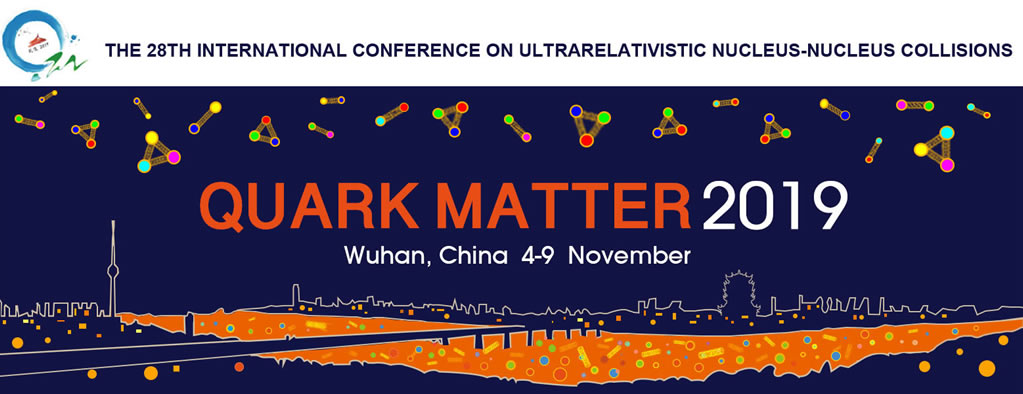Speaker
Description
DREENA framework is based on our dynamical energy loss formalism, which takes into account finite size, finite temperature QCD medium consisting of dynamical (moving) partons. Both radiative and collisional energy losses are calculated under the same theoretical framework in the dynamical energy loss formalism, which is applicable to both light and heavy flavor observables. We generalized the formalism to the case of finite magnetic mass, running coupling, and towards removing widely used soft-gluon approximation. Importantly, DREENA provides a natural framework where temperature profile from any medium evolution can be straightforwardly implemented. We exploit this by implementing different state-of-the-art medium evolutions (both event-by-event hydrodynamics and kinetic transport theory) within DREENA framework. DREENA does not use free parameters, i.e. its only input is the temperature profile that comes directly from various hydrodynamic and kinetic theory models. This opens possibility to use DREENA on both light and heavy flavor to test and differentiate between different available QGP evolution models, including both large and smaller systems, making DREENA a multipurpose QGP tomography tool. Our results on these tests will be presented, which enables us to gain a better understanding of the bulk QGP medium created at RHIC and LHC. As a highlight, contrary to the existing models, which for full hydro evolution models lead to $v_2$ puzzle, with DREENA we surprisingly obtain a very good joint agreement between $R_{AA}$ and $v_2$ data. This well known puzzle therefore appears to be a consequence of a simplified energy loss commonly used by other models once a proper description of parton-medium interactions is used, $v_2$ puzzle is abolished. While a widely accepted paradigm is that proper medium evolution description dominates in explaining high $p_{\perp}$ data, this result strongly suggests that proper description of parton-medium interactions is much more important.
